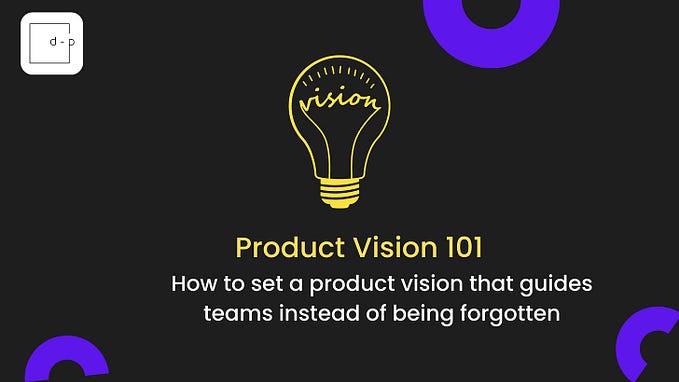Member-only story
Product Archaeology in UX: What it is, why it matters & how to do it

Designing and defining digital products is inherently complex; iterative design, experiments, and tweaks constantly change and alter the user experience. This is especially pronounced on large scale and long established products like Google Search, Facebook, and Amazon where at any given moment groups of the user base are shown different versions frequently with changes implemented based on metric gains, leadership requests, or project teams with no UX / Design support. On a team level people come and go, re-orgs happen, strategies often change, meaning pivots and sweeping redesigns.
This means as UX and product designers it’s incredibly challenging to get a holistic picture of the various versions people have used of the experience you and your team are working on. Being digital by nature often means there is often no understanding of what something was, what worked, what didn’t, and how you got there.
Why does it matter?

Understanding the product
An important part of learning is the ability to go back and analyse decisions that have been made that altered the experience. When was that navigation bar added? How did we decide upon that UI treatment?
Often teams and orgs change and shift, learning what worked and what happened to make the experience people see today is crucial.
Understanding your audience and users
Learning what your audience likes to do, and where they spend their time, and how this has changed over time is immensely powerful. That new feature set introduced 5 years ago has low adoption? How come? Was it promoted, was marketing involved? Was it signposted in the product — if so, how? It’s enlightening to learn the past behaviours and trajectory of your audience.
Making a case for change
Data holds a lot of weight and has the power to help change minds, consider it a powerful tool in your toolbox. Doing your due diligence and homework when proposing…









